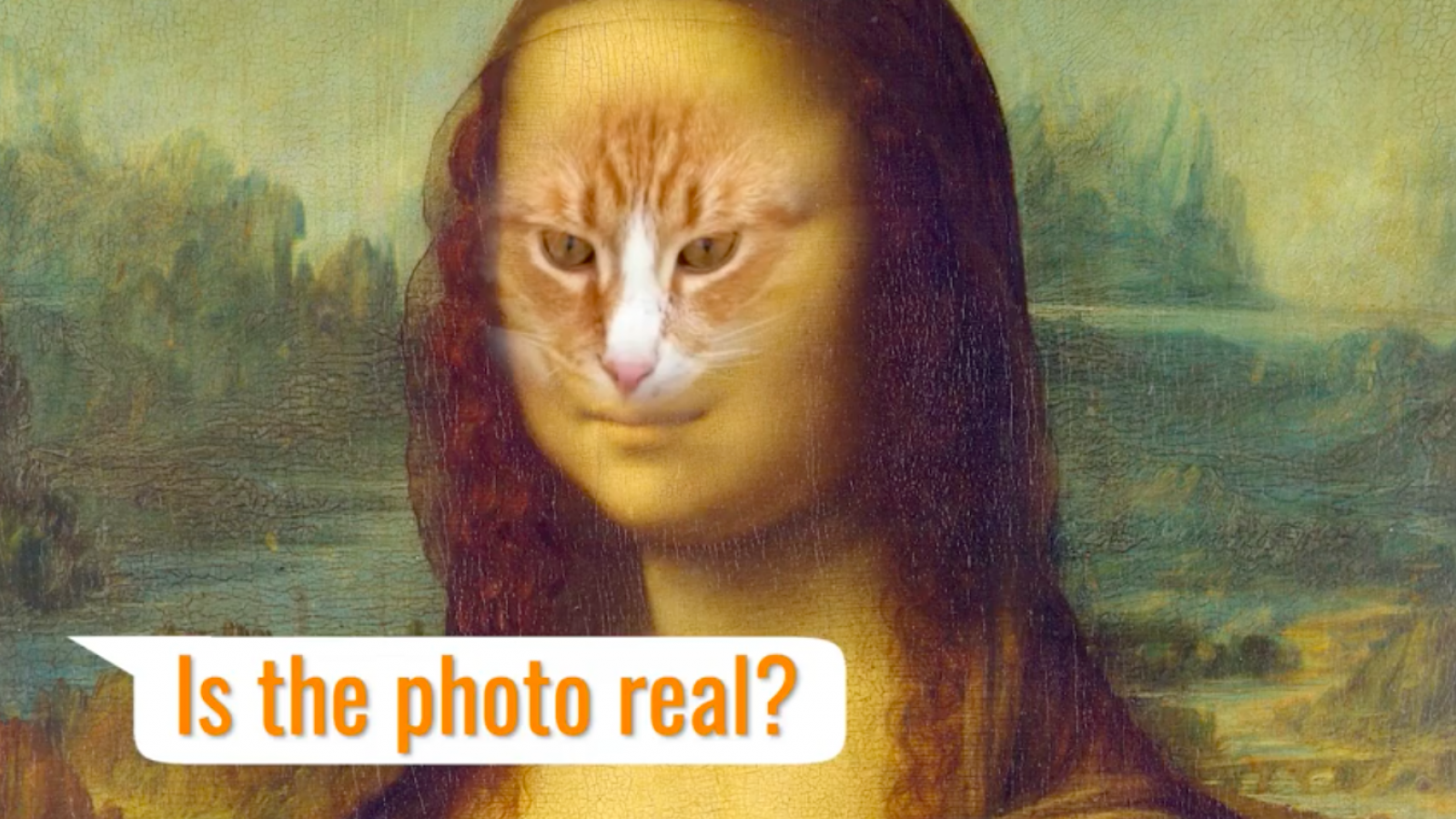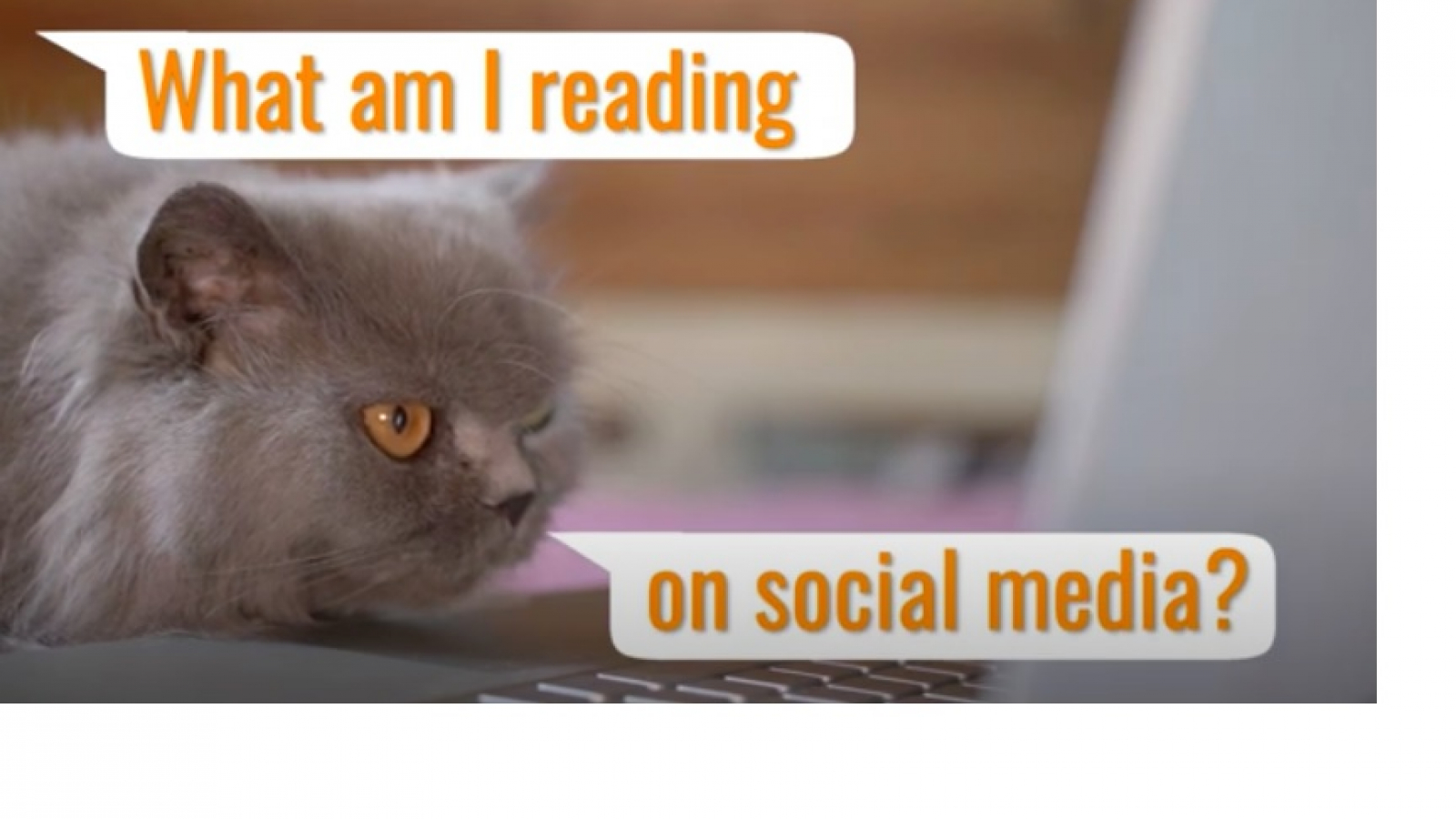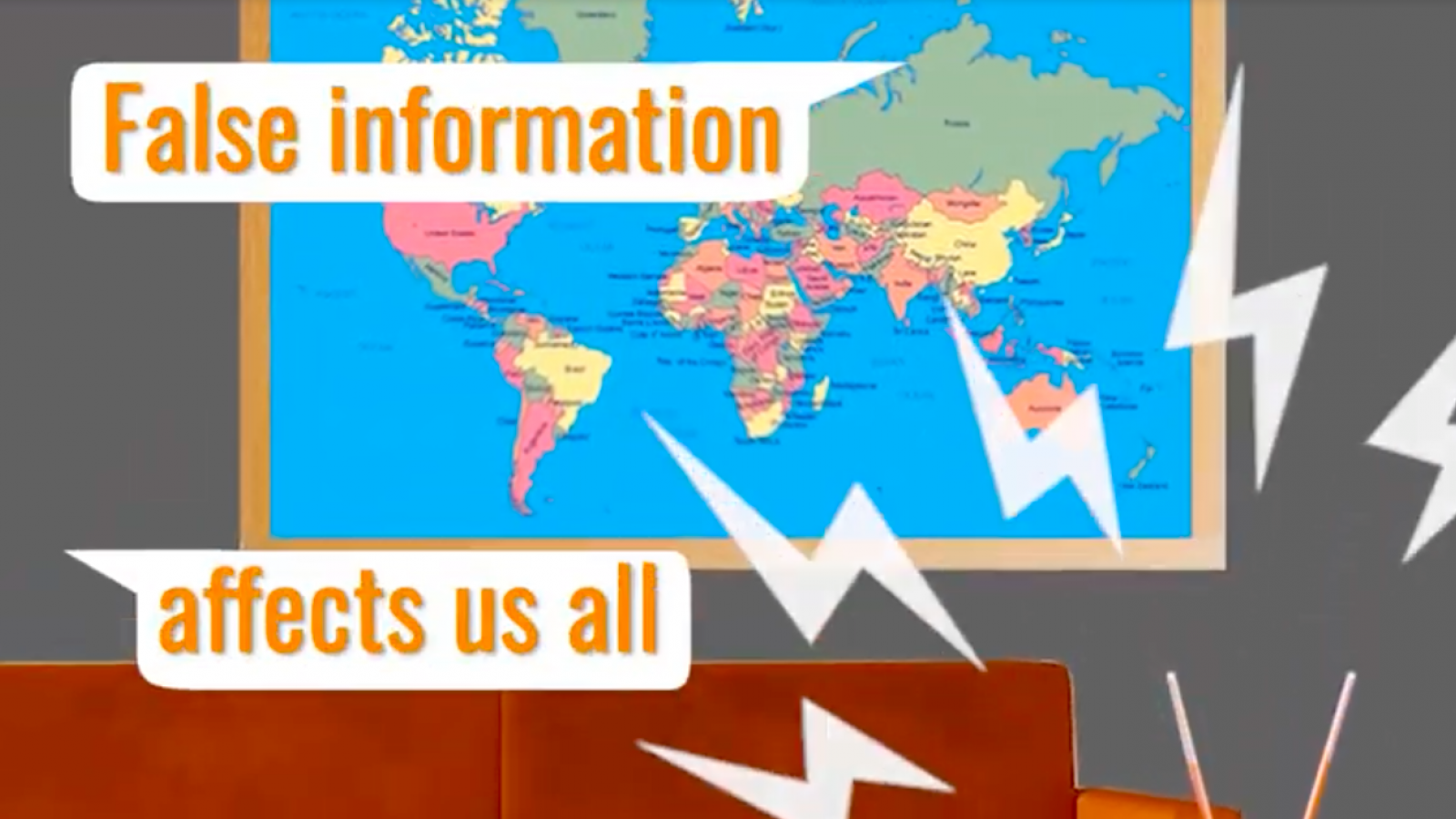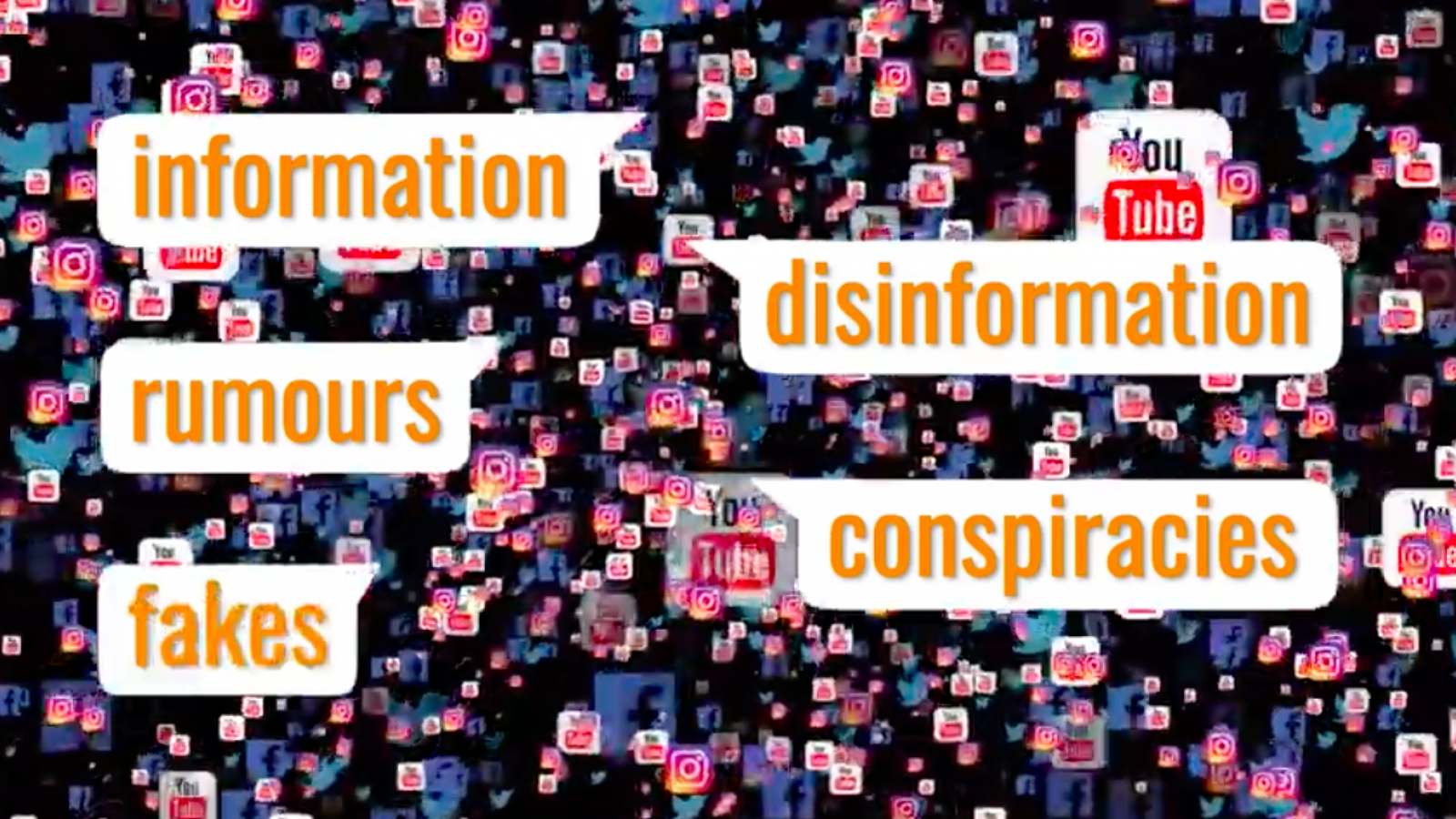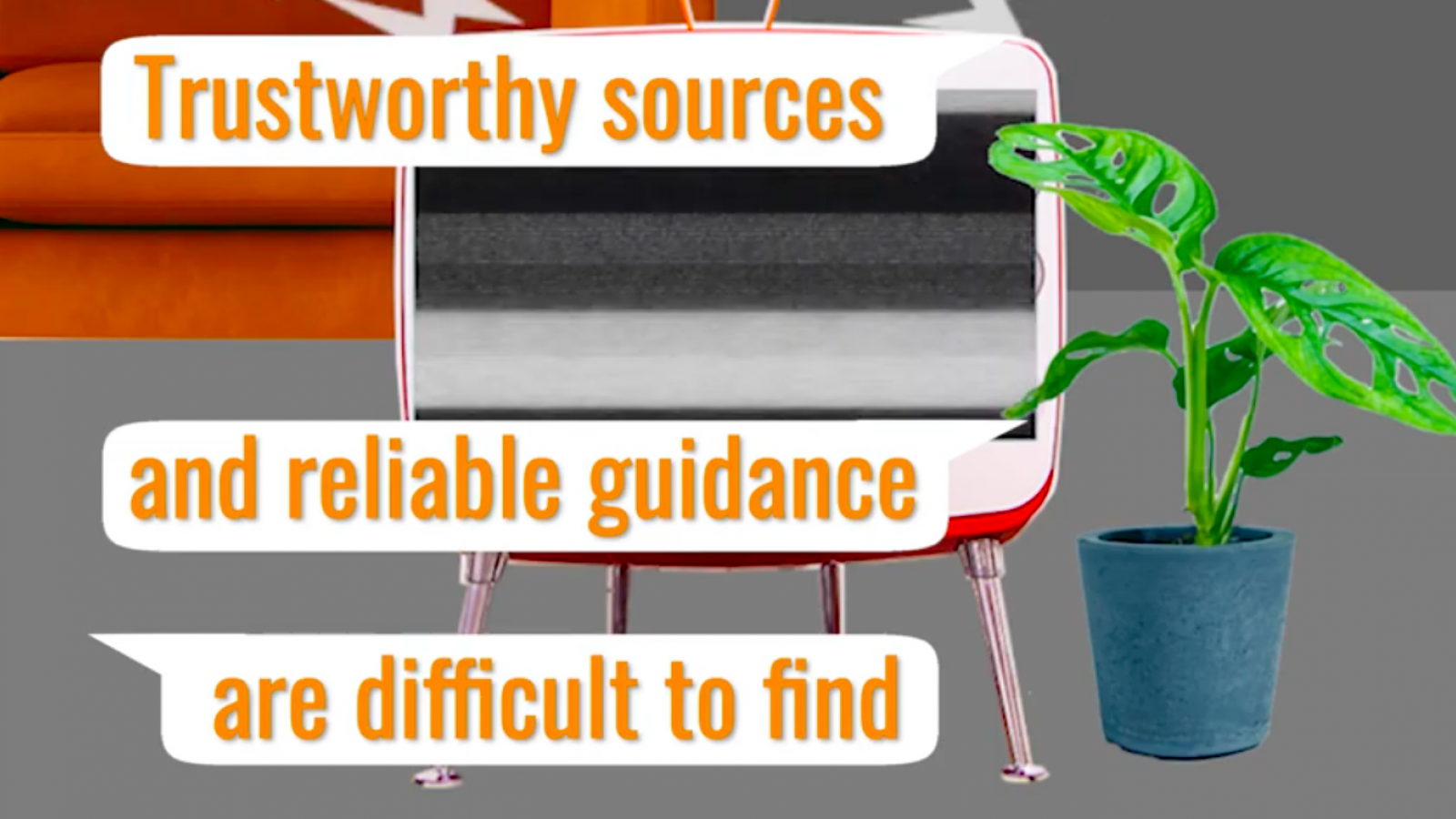Be aware of disinformation: Think before you share
No one wants to be the person who contaminates their friends’ social media feeds with conspiracy theories or disinformation. Use this list to make sure you stay ahead of disinformation!
CHECK THE ADDRESS
- People sometimes make mistakes when typing a web address. To take advantage of that, scammers create fake websites that can look like real, well-known outlets.
- While bbcnews1.com looks off when compared with the actual bbc.com/news, remembering if a site used .info or .com might be trickier. To avoid making such mistakes, bookmark your favourite sources or type the name of the news site into a search engine.
- If you encounter a hyperlink in an email or on social media, hover your cursor over the hyperlink before clicking on it. This way you can see the entire address and check whether the domain is familiar. This step is also good practice to protect your devices from getting infected with malware.
CHECK THE CONTENT
- News is often rather dull, except on rare occasions like when two guys rescued a dog from icy water and it turned out to be a wolf. The story about altar boys putting marijuana in a censer is almost as exciting, but that’s unfortunately a fake. Your first instinct about a story’s veracity isn’t always reliable, so make sure to check the content in other ways.
- If the article you are reading comes from an unknown source, check its content against industry-standard professional journalism like the BBC, Deutsche Welle, or the New York Times. Sometimes the webpages of ministries or government offices can also help.
- And no, a high number of followers does not necessarily mean a social media account is a reliable source.
- Sometimes articles from years ago resurface and are then used out of context either in their original form or with alterations. Always check the publication date and keep an eye out for information or statistics that are out of date.
DON’T BE FOOLED
- False or misleading information can be created about almost everything. Regarding the coronavirus, for example, there have been articles falsely claiming that COVID-19 is a biological weapon developed in a laboratory; alternately by the US, the deep state or George Soros; with the aim of installing microchips in people’s heads and controlling the world’s population.
- A text that claims something happened because a secretive group with malicious intent is behind it should immediately ring alarm bells. That ringing should become louder if the article tells you that: -Nothing happens by accident -Nothing is as it seems -Everything is connected
- Also, keep in mind that sharing articles that falsely claim the coronavirus can be cured with saline or ginger can have serious public health consequences, since they may encourage people to disregard authoritative medical guidelines.
CHECK THE OUTLET
- Credible, professional media don’t indulge in conspiracy theories and keep one-sided opinions where they belong: in the op-eds.
- Reputable journalism follows defined industry standards: an article should have more than one source and represent competing views to present a balanced account of a given issue.
- If in doubt, take a look at the About and Contacts section of the outlet. If it is indeed is a reliable news outlet, you should find the list of journalists working there and transparent information about the organisation and its financing.
- When called out, disinformation outlets often use reverse logic and may try to argue that it is not them but youwho is confusing or disinforming others. As Darth Putin has brilliantly tweeted: “If it looks like a duck, quacks like a duck, denies it’s a duck, demands you prove it’s a duck, accuses you of being a duck, says your dog is a duck, that your friend’s cat is a duck and that all 3 aforementioned ‘ducks’ are Russophobic ducks, it’s a Kremlin duck.”
CHECK THE AUTHOR
- Do you know the author of the article? Can you find any previous work? A well-respected journalist always has a track record.
- When in doubt, check if the author (or keywords or sections of the text) bring up any results on a fact-checking website. Disinformation also leaves a track record.
- Does the journalist even exist? Some dishonest authors publish under a made up name.
CHECK THE SOURCES
- Sometimes an expert is not really an expert, but more like an “expert”, specializing for instance in the Deep State, ancient aliens and foreign policy at the same time.
- And sometimes think tanks that promise to spread progressive ideas and critical thought are just good old pro-Kremlin.
- If a story uses only anonymous sources or no sources at all, it should make you cautious.
CHECK THE PICTURES
- Seeing is no longer always believing. Sometimes images are used in another country or reused years later in a completely different context. Such misused images can be used as “proof” that there was a rally against coronavirus restrictions or against NATO, when in fact there wasn’t.
- Check if an image has been used before by uploading it to Google Reverse Image Searchor TinEye.
- By changing the composition, angle or just cropping a photograph, a crowd can look either tiny or huge. And then there is of course the whole world of photo editing software, too…
- Videos are no better, as shallowfakes or deepfakes become easier to make by the day. Check out these stories in The Wall Street Journaland The New York Times.
THINK BEFORE YOU SHARE
- The point of a headline is to make people click on it. Don’tjust take the (click)bait, read the article first (and share it only then)!
- If you see something very popular on social media, beware of bots! It should raise an eyebrow if an account is posting more than humanly possible, has language or syntax troubles, or cannot engage in a conversation.
- And no, something being widely shared does not automatically mean it’s true. Actually, it does not even mean it is popular, as buying 50,000+ likes, shares, retweets and views cost just a couple hundred euros.
- Disinformation often targets emotions, appealing to our sense of injustice, fear, urgency, disgust and other negative sentiments. Images, emojis, and strong headings add to the emotional message of an article or social media post. Pay attention to how these tactics are used in combination to convey a particular message.
- Jokes and satire have their own modes of expression and don’t have to be factual. This is why they are jokes or satire. Have a laugh, but don’t treat them as the truth revealed.
- If you want to put your skills to the test, try your hand at the EUvsDisinfo quiz to check if you can distinguish between real news, satire, and disinformation.
European initiatives:
European Commission: Euromyths
European Parliament Think Tank: DisinformationEuropean
*This article was originally published by euvsdisinfo.eu and relayed by EU Neighbours East
Newsletter
Subscribe to receive our latest updates
News alerts
Personalise your news alerts subscription
© This project is funded by the European Union, 2025
The information on this site is subject to a
disclaimer
and protection of
personal data .



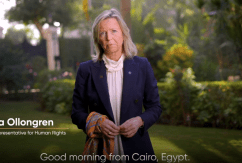




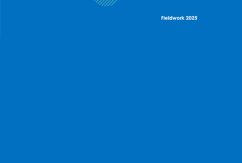
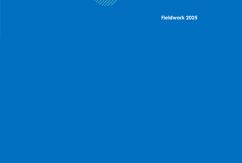
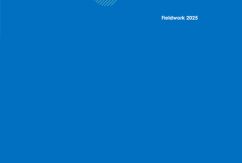
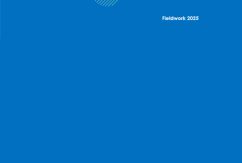

















 Syria
Syria 